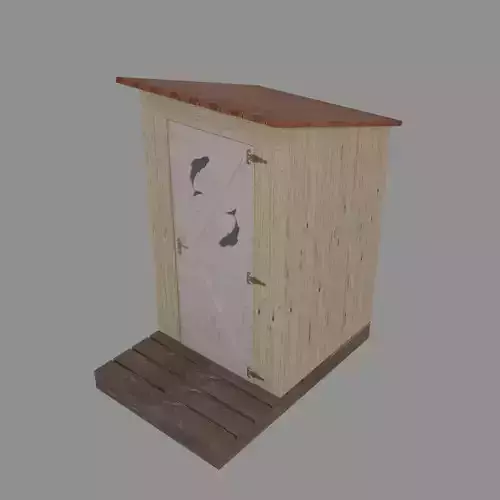1/8
Outhouse may be a common modern word, but its origins — the Middle English “outhous” — are pretty old. Its use as a word to describe an outdoor toilet, however, are considerably more recent: American English from approximately 1819. The superstructure exists to shelter the user, and also to protect the toilet itself. The primary purpose of the building is for privacy and human comfort, and the walls and roof provide a visual screen and some protection from the elements. The outhouse also has the secondary role of protecting the toilet hole from sudden influxes of rainwater, which would flood the hole and flush untreated wastes into the underlying soils before they can decompose. Outhouses are commonly humble and utilitarian, made of lumber or plywood. This is especially so they can easily be moved when the earthen pit fills up.
REVIEWS & COMMENTS
accuracy, and usability.








